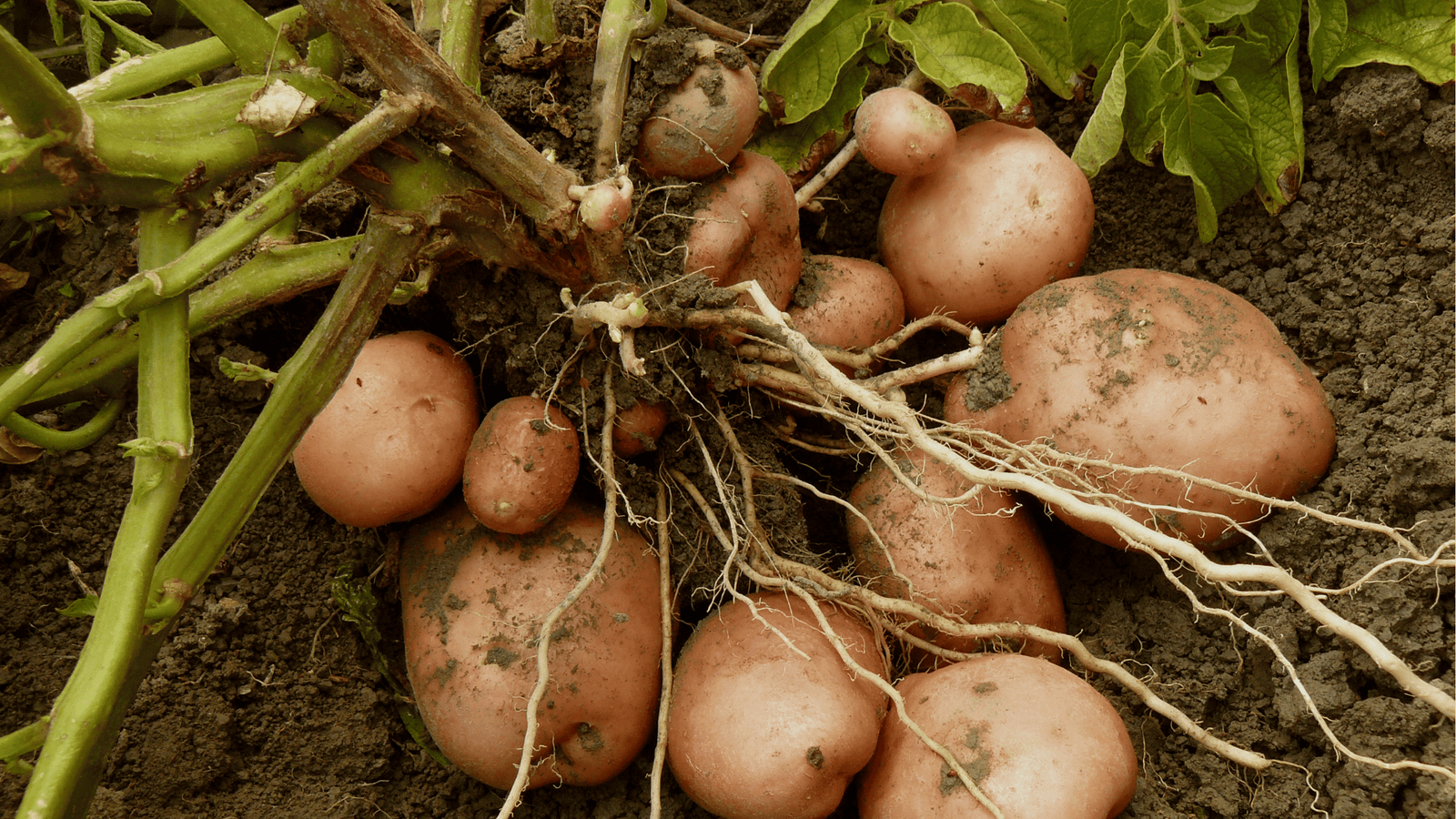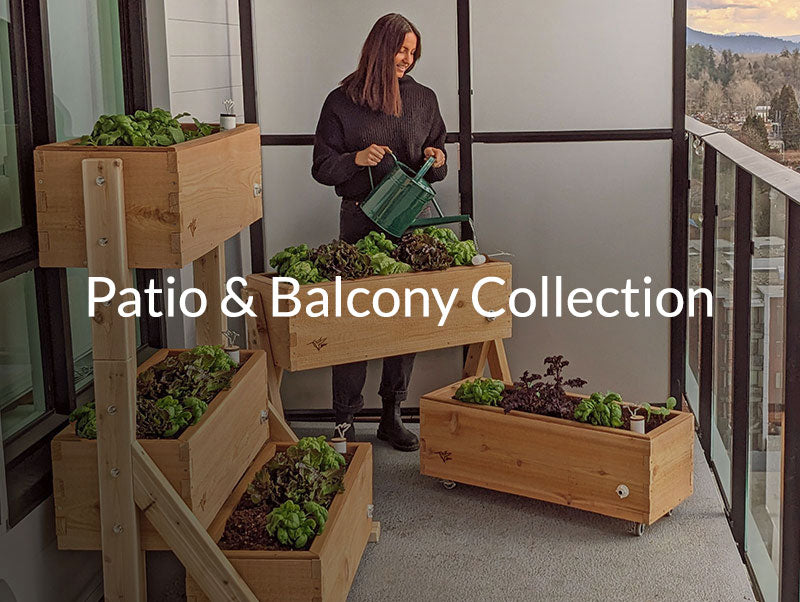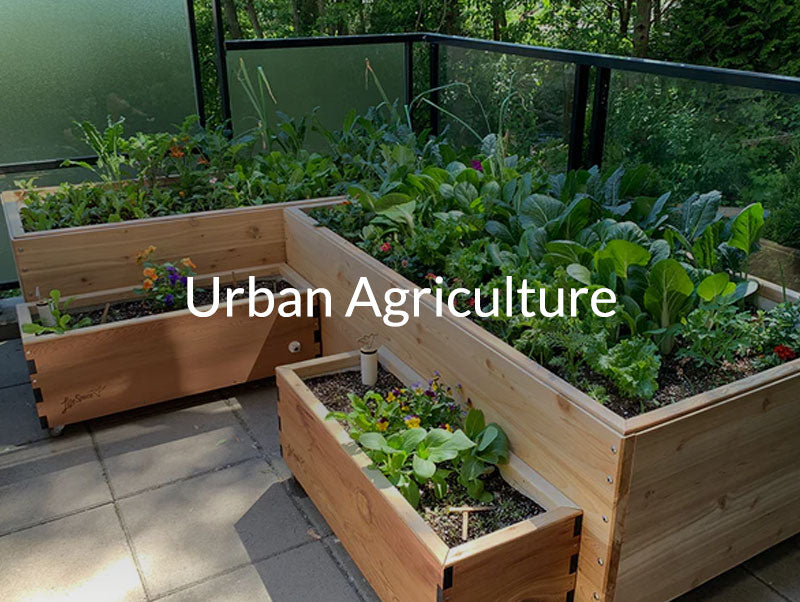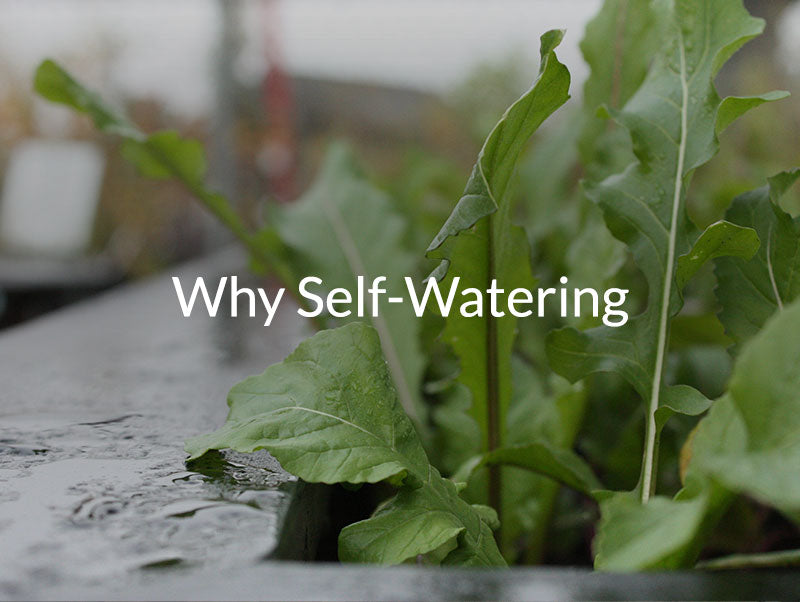Potato Growing Guide🥔: Planting, Hilling, and Harvesting for Healthy Yields

Introduction
Potatoes are a rewarding staple crop and surprisingly easy to grow in raised beds, SIPs, and wicking beds. Using GardenWells inserts ensures steady hydration for consistent tuber development while preventing rot, making it simple to grow high-quality potatoes right at home.
When to Plant Potatoes
-
Spring: Plant seed potatoes March through May once the soil reaches 7°C (45°F) and danger of frost has passed. See the March Gardening Guide for timing tips.
-
Summer: In cooler regions, a second crop can be planted in July for a fall harvest; visit the July Gardening Guide.
-
Fall Prep: For overwintering seed stock, see the October Gardening Guide.
Square Foot Gardening Spacing
-
Spacing: 1 potato plant per square foot
-
Depth: Plant seed potatoes 4–6” deep with sprouts facing upward
How to Plant Potatoes
Using Seed Potatoes (Preferred)
-
Cut seed potatoes into chunks with 1–2 “eyes” each.
-
Let cut pieces dry for 1–2 days to prevent rotting.
-
Plant directly into SIPs or wicking beds and cover with 3–4” soil.
Hilling & Layering
-
As plants grow, add 2–3” of soil around stems to encourage tuber formation.
-
In SIPs or raised beds, hill soil gradually until plants reach 6–8” tall.
Watering Your Potatoes
Potatoes need steady, deep hydration but dislike soggy roots:
-
Use your WaterStem: when the Hummingbird rises, your reservoir’s full; when it drops, refill.
-
Before establishment: Top-water for the first 7–10 days to encourage strong rooting.
-
After establishment: Refill reservoirs every 1–2 weeks depending on heat and soil depth.
-
Mulch plants heavily to maintain consistent soil moisture and temperature.
-
See the June Gardening Guide for SIP hydration strategies.
Harvesting Potatoes
-
New Potatoes: Ready 60–70 days after planting, when plants flower; harvest gently to avoid damage.
-
Main Crop: Harvest when foliage yellows and dies back — usually 90–120 days.
-
Storage: Cure in a cool, dark place for 7–10 days to extend shelf life.
-
See the September Gardening Guide for storage tips.
Common Issues & Fixes
| Issue | Likely Cause | Solution |
|---|---|---|
| Green Potatoes | Tuber exposure to sunlight | Keep tubers covered with soil or mulch |
| Rotting Tubers | Poor drainage or overwatering | Use SIPs or wicking beds for controlled hydration |
| Colorado Potato Beetle | Pest damage to leaves | Handpick beetles, rotate crops, interplant basil |
Companion Plants for Potatoes
Best companions (with cross-links):
-
Beans → Fix nitrogen, supporting healthier potato foliage.
-
Cabbage → Complements potatoes while attracting beneficial insects.
-
Basil → Repels beetles and improves tuber development.
-
Marigolds → Help deter nematodes and repel pests naturally.
-
Horseradish → Improves disease resistance when planted at SIP bed corners.
Avoid planting with:
-
Tomatoes → Share late blight risk; separate crops for healthier beds.
-
Cucumbers → Compete for moisture and nutrients.
-
Carrots → Can reduce potato yields if overplanted in shared SIP zones.
Layout Tip:
-
Plant 1 potato per sq ft in SIPs or wicking beds.
-
Position beans or basil along edges for pest control and nitrogen support.
-
Place marigolds at bed corners to boost pollinator activity and pest defense.
Product Tips
-
Small patios? Grow potatoes in CondoFarms self-watering planters for a compact, high-yield harvest.
-
DIY gardeners? Turn any raised bed into a wicking bed with GardenWells inserts.
-
Scaling up? Build with custom self-watering raised beds for effortless large-scale potato production.







